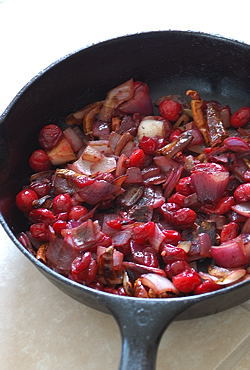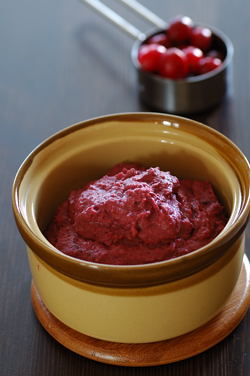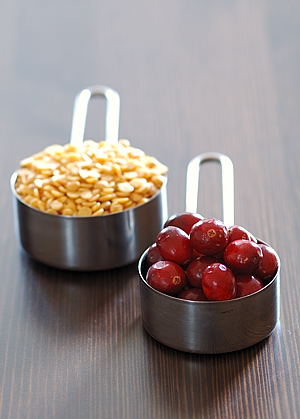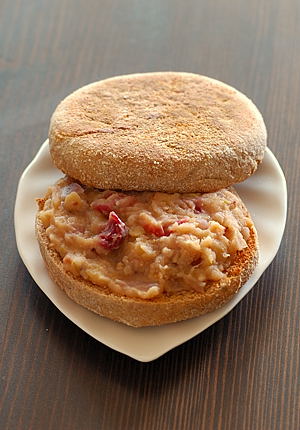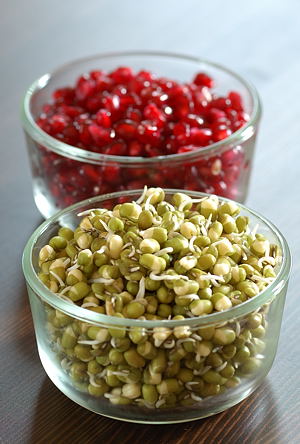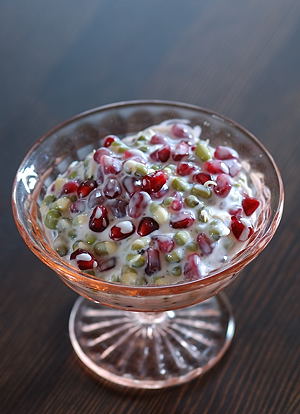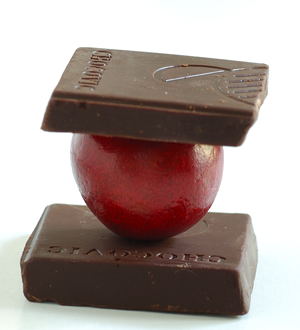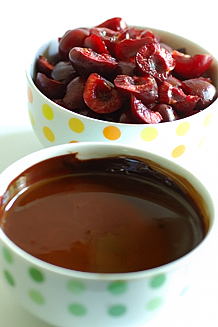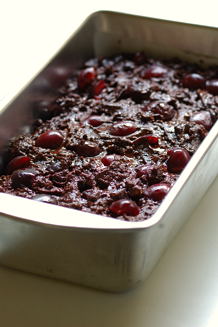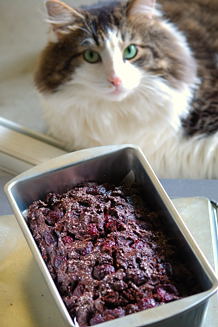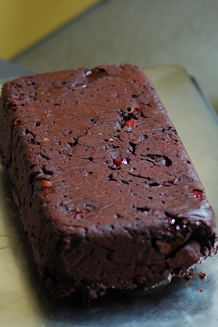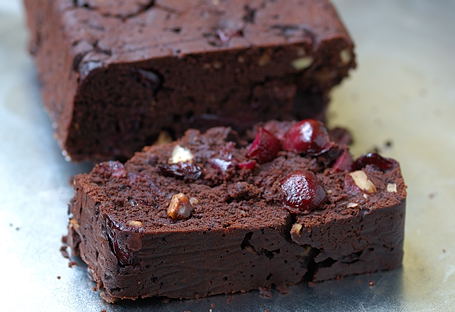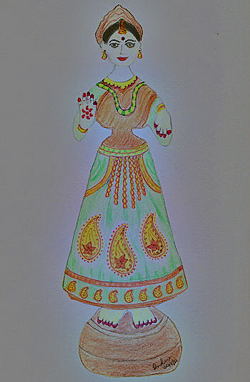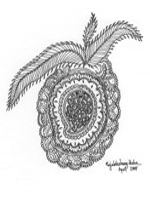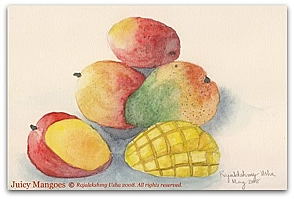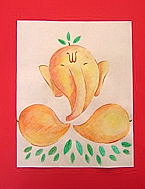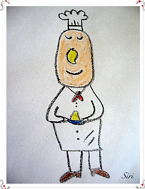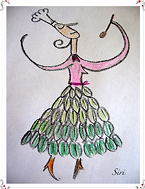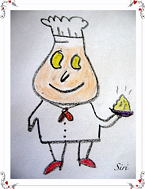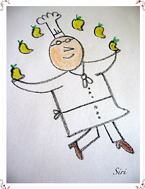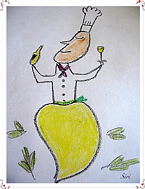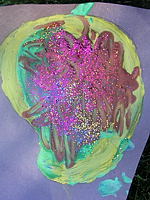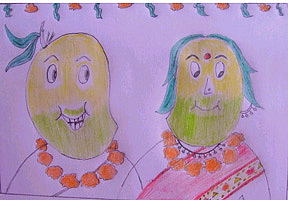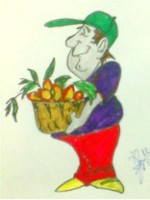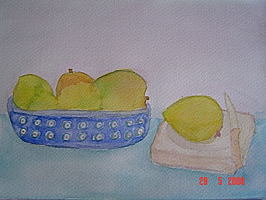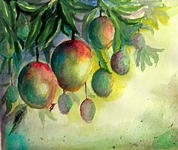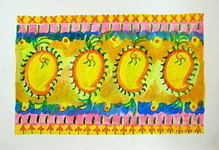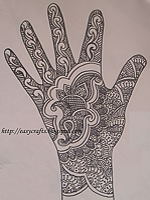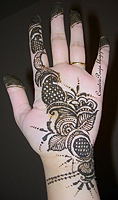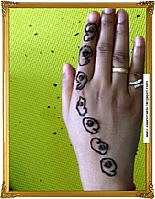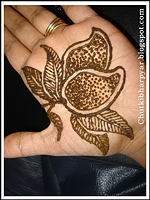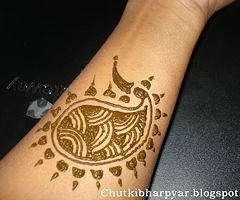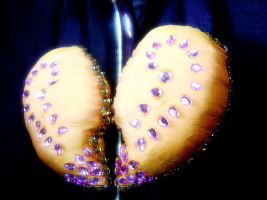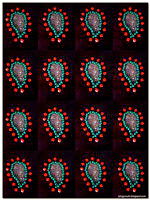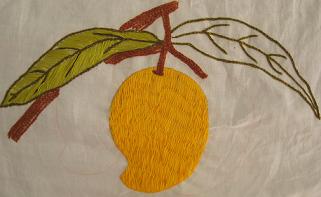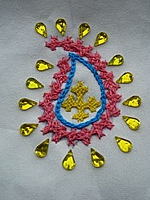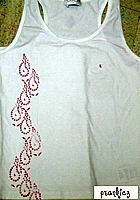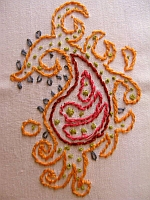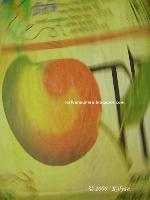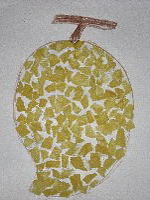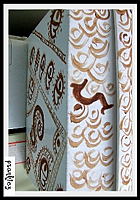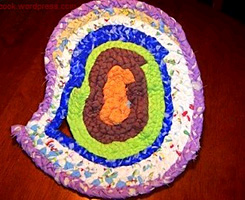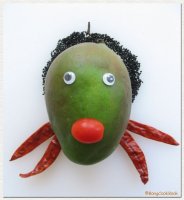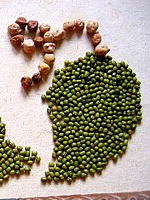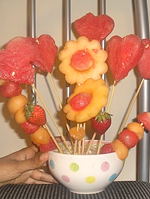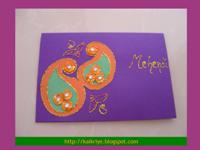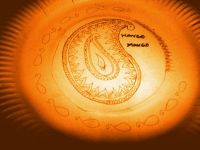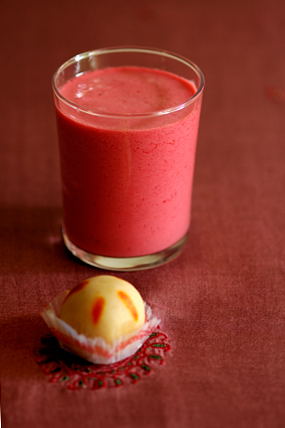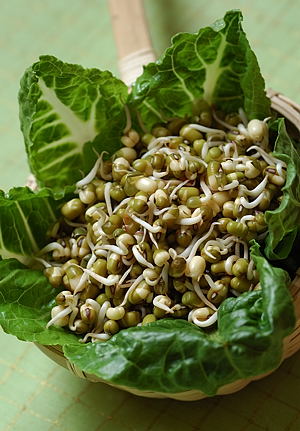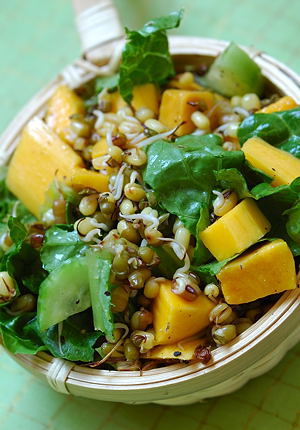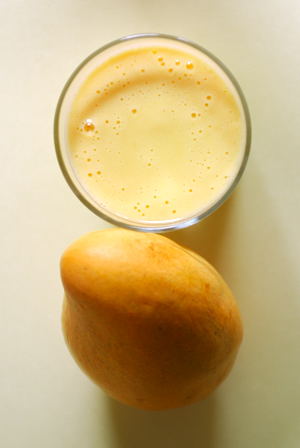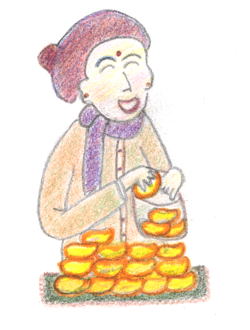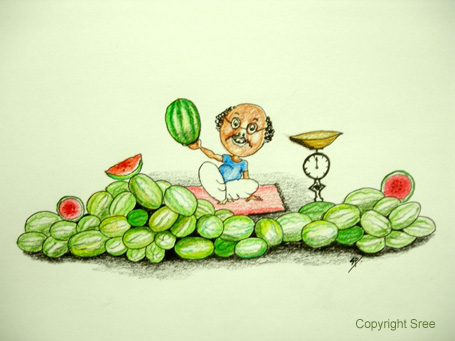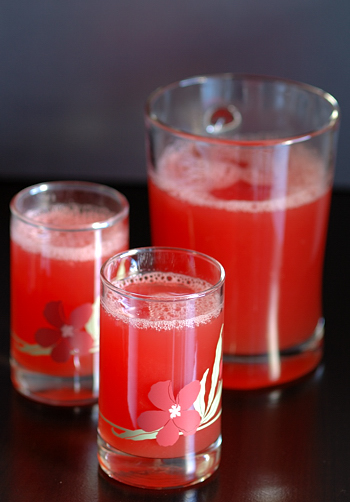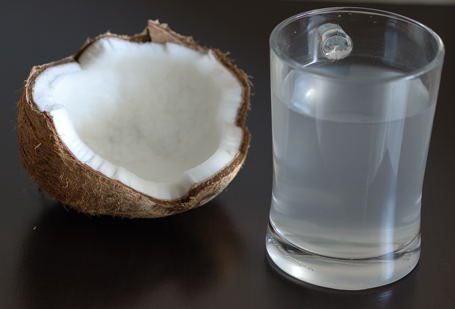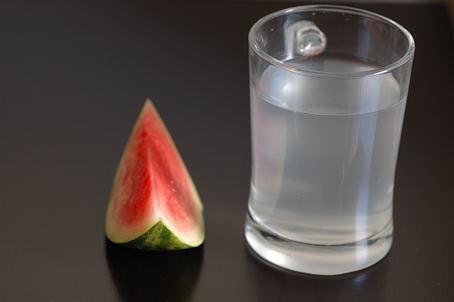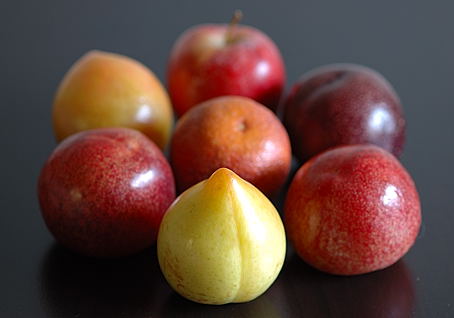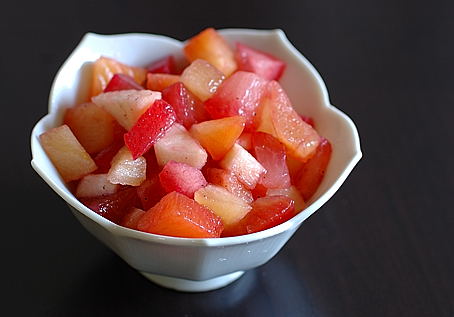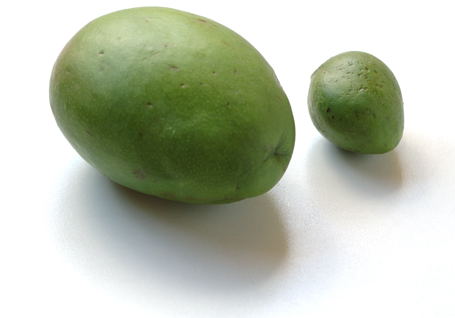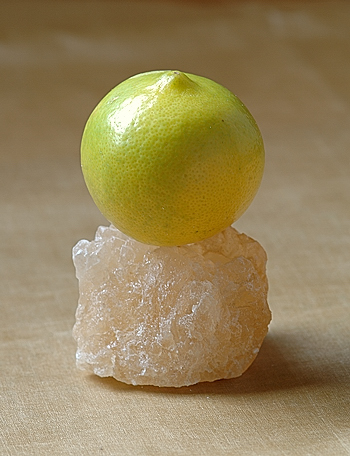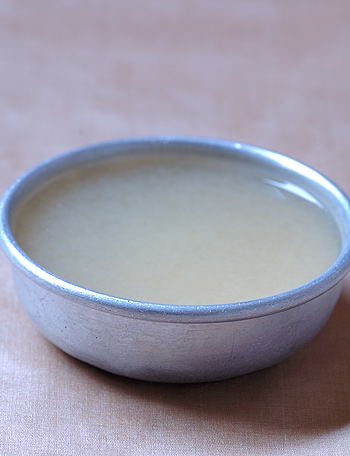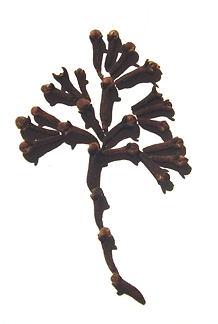
During the 16th and 17th centuries, Portuguese, French and Dutch, all fought to control the trade of this amazing spice. The Arabs tried to keep the origins of their cloves cargo a closely guarded secret. Columbus sailed west in search of this aromatic spice and found the West Indies. Few years later, Vasco da Gama sailed around Cape Good Hope to India searching for this same spice.
That’s the power of cloves.
Cloves are unopened flower buds of a very attractive evergreen tree. Clove buds are picked when they reach the full size and just about to turn pink. Once picked, the buds are dried in the Sun, at which point they turn reddish brown in color. Cloves derive their name from Latin “clavus” meaning “toenail”. To me it looks more like an engagement ring with some clasps. In Sanskrit, it is aptly called “DevaKusuma”, meaning divine flower.
Cloves work as an astringent, a stimulant, a rejuvenator and an aid to digestion. They help to reduce nausea and hiccups. Cloves increase blood circulation and known to relieve stomach pains.
One of the famous Ayurvedic medicines Lavangadi Vati is mainly made of cloves and is used to cure colds, cough and sooth sore throat. Cloves are well known for their antiseptic properties and are essential in toothpaste, tooth powder and mouthwash preparations.
Clove tea is great as a stress buster and for treatment of depression. Steep some cloves in hot water to make Clove tea. This aromatic and warming tea is used to get relief from nausea during travel and it also encourages the body to sweat, which is helpful in fever. Clove tea compress can relieve sore muscle aches.
One of most attractive avatar of cloves is Pomanders (also called Clove Oranges). It’s the most aromatic, easiest and natural potpourri that one can make in 15 minutes. It is a nice project for kids, a perfect gift for many occasions.
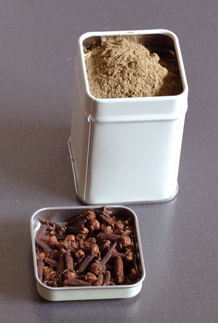
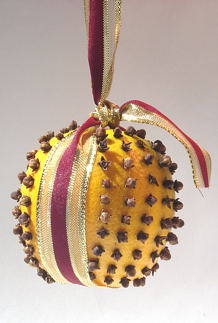
Neem-Clove Tooth Powder ………………… Pomander
How about using cloves in dessert? Cloves are added to Apple pie, Pumpkin pie and Apple cider. Another interesting and simple dessert is Poached Pears with Cloves and Cinnamon.
Recipe:
3 Pears (choose ripe but firm ones)
4 cups water
7-8 cloves
2 cinnamon sticks
Zest and juice of 1 orange
¾ cup sugar
Boil water with cloves, cinnamon, orange zest. Once water starts boiling, add orange juice. Peel the pears and place them in the water. Cover and simmer for about 12-15 minutes. Take the pears out and boil the water for another 15 minutes until it concentrates to thick and syrupy.
Serve poached pears with some syrup drizzled over it and some ice cream on the side.
Cloves are an essential ingredient in many masala powders and used as whole or ground in traditional Indian recipes. Bechamel sauce, one of the mother sauces in French cuisine, is made with something called Onion pique (pee-kay). Onion pique is a peeled, raw onion that is studded with bay leaves and cloves. Onion pique is a simple way to flavor the sauces and the soups. This cute website even has a song on onion pique.
It is amazing how much flavor and aroma Mother Nature has packed in this tiny, unopened flower. Mother Nature sure is very humbling and awe-inspiring.
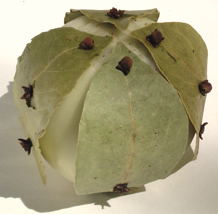
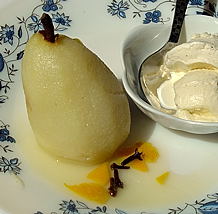
Onion Pique ……………. Poached Pear in Clove-Sugar Syrup
~ for Think:Spice-Cloves at Canela and Comino
by Anjali Damerla
Health Notes:
Cloves: Nutritional Profile
